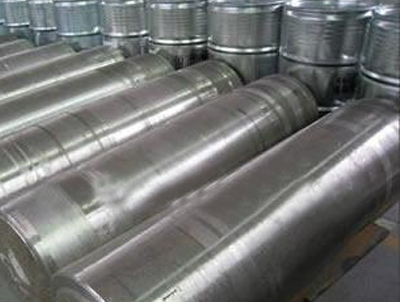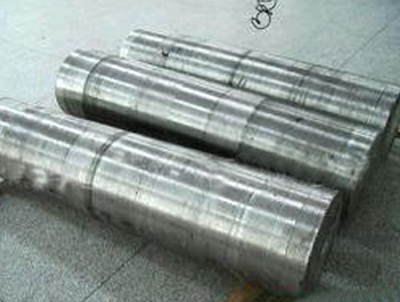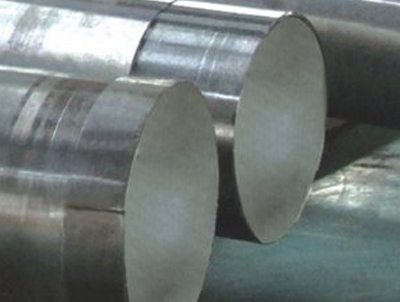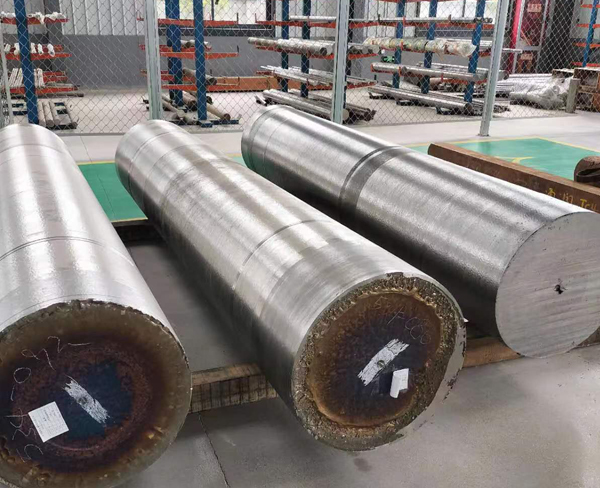Aerospace
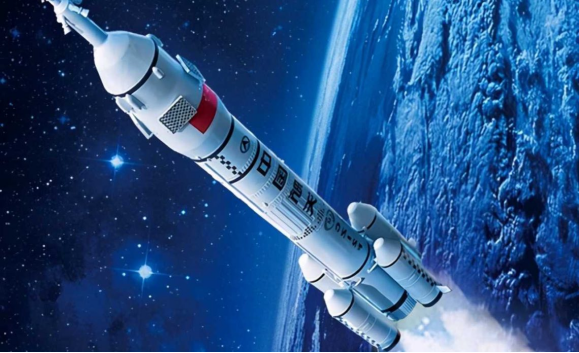
The application of titanium in the aerospace industry mainly utilizes its low density, high strength, high temperature resistance, corrosion resistance and other properties.
The application of titanium in the aerospace industry has also achieved the purpose of reducing launch weight, increasing range, and saving costs. It is a popular material in the aerospace industry. In the rocket, missile and aerospace industries, it can be used as pressure vessels, fuel tanks, rocket engine casings, rocket nozzle casings, artificial satellite casings, manned spacecraft cabins (skin and structural skeleton), landing gear, and moon landings. cabin, propulsion system, etc.
The U.S. first-stage rocket engine casing material widely uses Ti-6Al-4V alloy. This alloy is also used in: giant cylindrical liquid rocket containers; multiple spherical and oval engine casings for intercontinental ballistic missiles, "Minuteman" missiles, etc. On the other hand, because Ti-6Al-4VELI and Ti-5Al-2.5SnELI alloys have low interstitial elements, especially oxygen content, and can be used at ultra-low temperatures, these alloys are used as liquid hydrogen containers for rockets and missiles, and the "Mercury" spacecraft And the sealed capsule of the "Gemini" spacecraft, as well as the main structural parts of the "Apollo" spacecraft that successfully landed on the moon.
In addition to industrial pure titanium, Ti-6Al-4V, Ti-5Al-2.5Sn, Ti-6Al-4VELI and Ti-5Al-2.5SnELI, titanium and titanium alloys used in the aerospace industry also include Ti-7Al-4Mo , Ti-3Al-2.5V, Ti-13V-1Cr-Ti-15V-3Cr-3Sn-3Al and Ti/B-Al composite materials.
The space shuttle is the world's earliest manned spacecraft that can be used repeatedly. Development began in 1972, and the first flight was successful in 1981. The spacecraft consists of an aircraft with small wings, a 47m long external fuel container, and two solid fuel rocket boosters totaling 500t.
The orbital spacecraft is 37m long and weighs about 68t. This size is roughly the same as the jet transport DC-9. It is the largest manned spacecraft to date. Its cargo compartment is 18m long and 5m in diameter, and can transport 29.5t of cargo. into Earth orbit.
The space shuttle can be launched like a rocket, fly like a spacecraft at a maximum altitude of 1,000km, and can glide and land like an airplane without thrust. This kind of space shuttle is essentially a space transport ship, so one of the parameters to judge its usefulness is the payload capacity for transportation between the earth and the earth's orbit. In order to maximize this payload, titanium alloys have become important materials for aerospace motor components.
The design life of the orbiting spacecraft is 100 flights, and each flight stays in the universe for 7 to 30 days. The spacecraft is manned, so it is designed to adapt to the space environment (vacuum, extreme temperature differences in orbit, heat when returning to the atmosphere, etc.) and used repeatedly.


